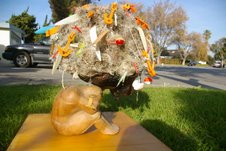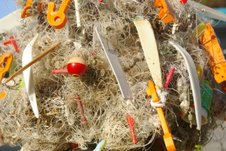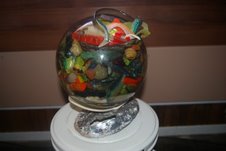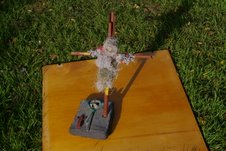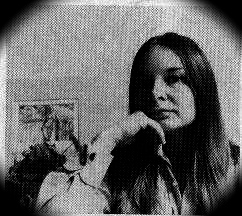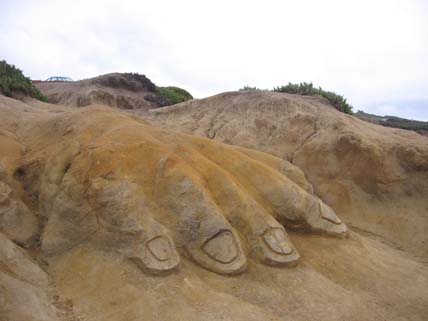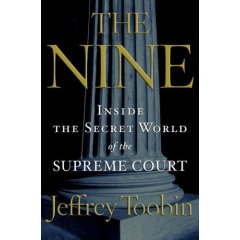John Vonderlin sent me this info about Tom Wolfe’s “Electric Kool-Aid Acid Test” moving from words in a book to images on the screen. Former La Honda author Ken Kesey & the Merry Pranksters are the main characters in Wolfe’s book.
What it made me think about was this: In the late 1950s some unusual and talented Beatniks were run out of their homes around the cafes in San Francisco’s North Beach and headed south where they found a temporary haven at our Princeton, north of Half Moon Bay. There’s a chapter on this in my new book, “Princeton-by-the-Sea,” due to be published by Arcadia on Dec. 10.
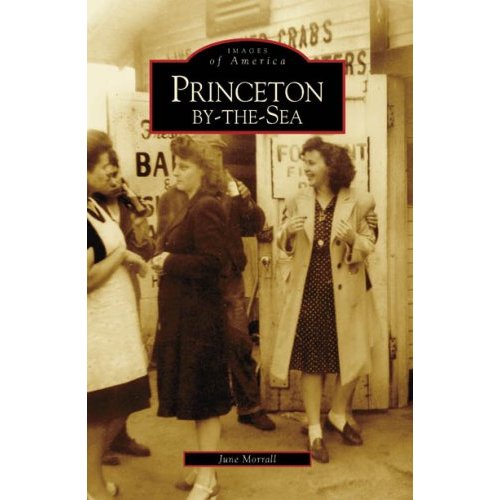
The story of the Beatniks, including the famous artist Michael Bowen, who lived at the Abalone Factory in Princeton, is a little known and juicy slice of local history– and I am very proud to have resurrected it, prompted by long ago interviews with Pete Douglas of the Bach Dancing & Dynamite Society in Miramar. (Pete’s also in my new book.)
What’s interesting is that these Beats who were in-your-face types, that were harassed by the cops and others, and protested on the spot–also overlapped the period that Ken Kesey was driving his day-glo painted school bus through the redwoods of La Honda.
But guess what? They didn’t get along, the Beats & Kesey. Not only a little generation gap but here’s my ice cream analogy: If the Beats were double chocolate fudge, Ken Kesey & the Merry Pranksters were definitely vanilla.
I hope Movie Director Gus Van Sant explores that in his new movie.

